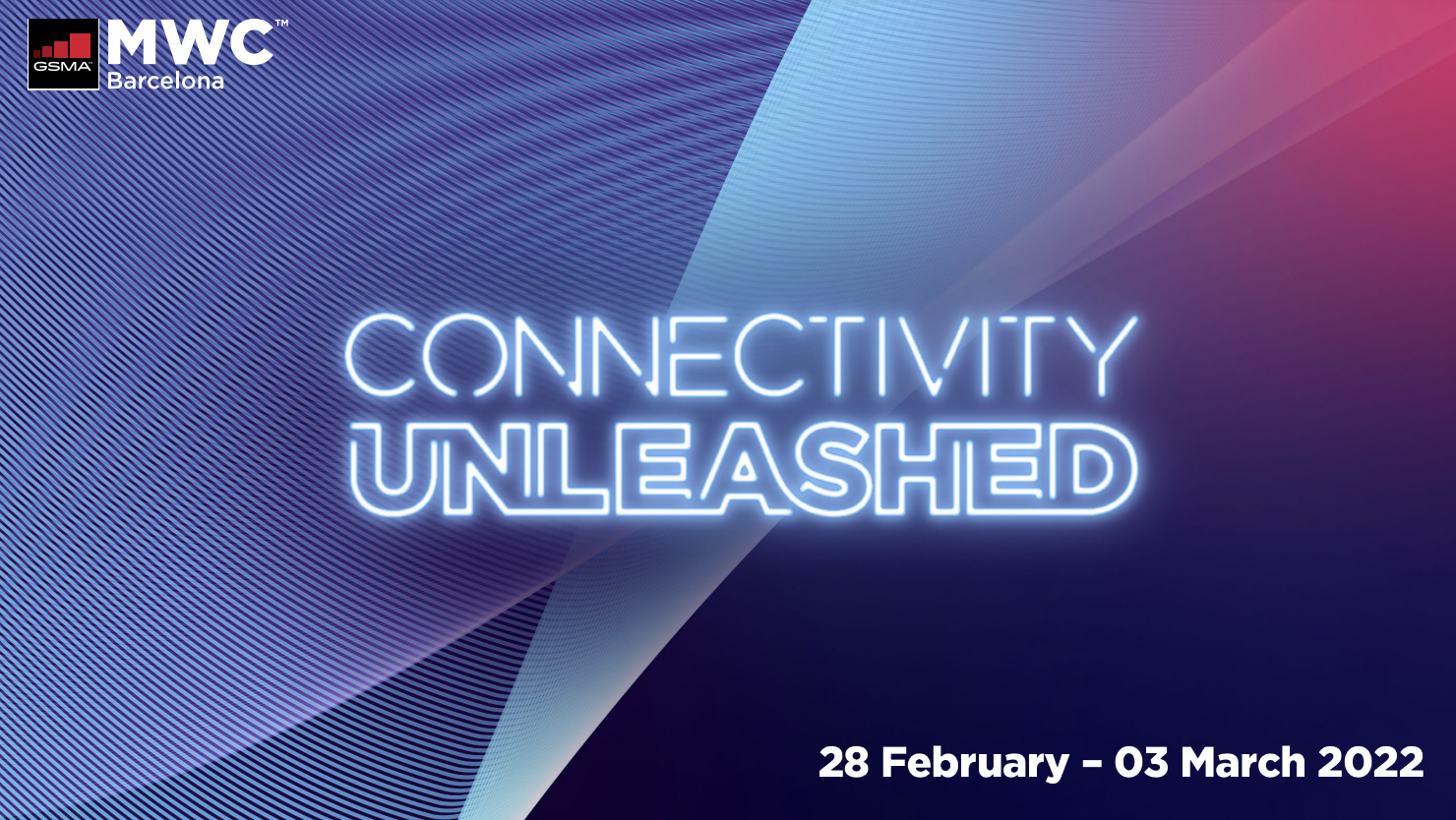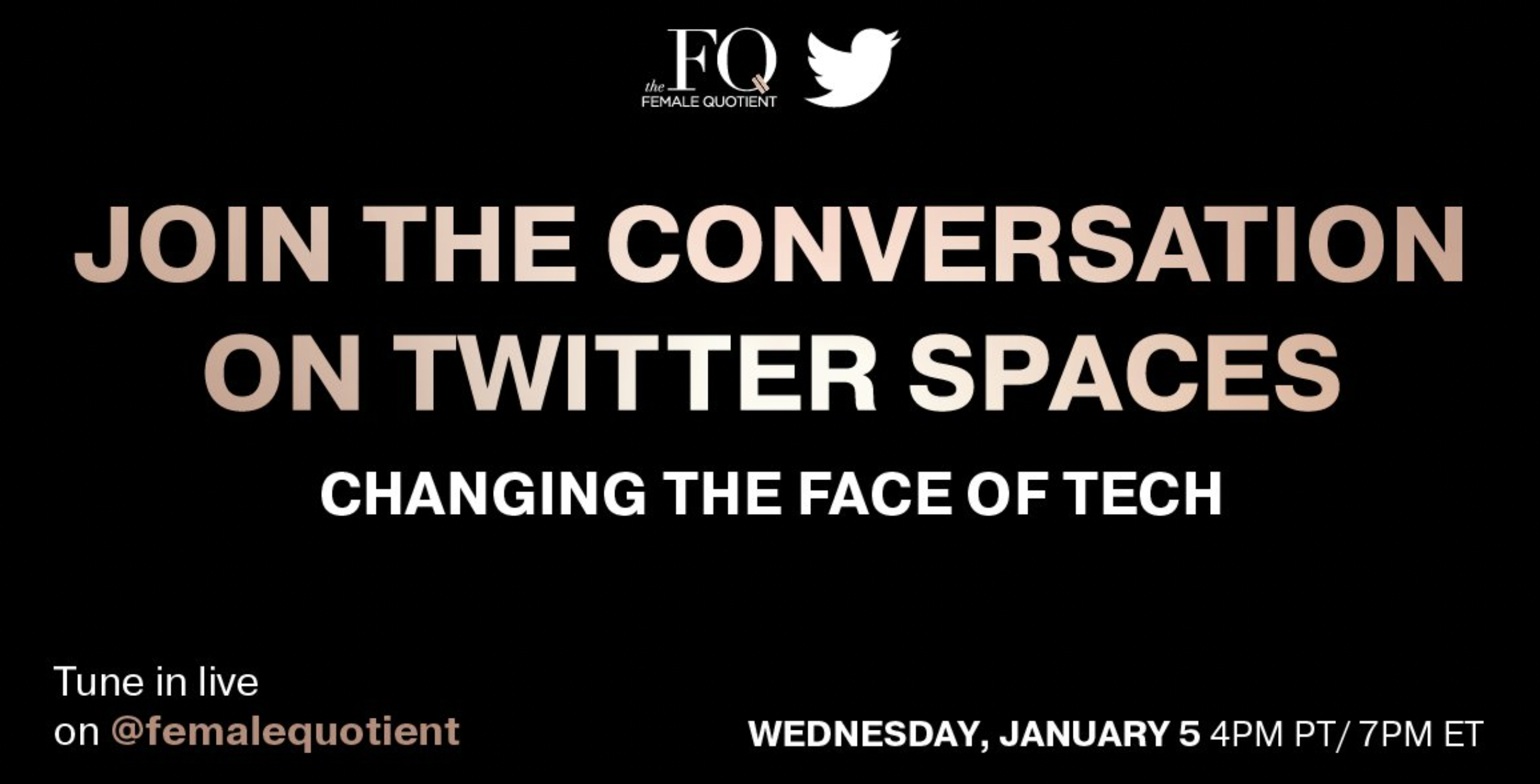Cortney will be part of friend of FWH Gary Smith’s keynote, more info here
Join Cortney in Barcelona at Mobile World Congress next week!
Come say hi! All the details here
Now available for university workshops!
Want the FWH team to speak about social impact and the metaverse at your university? Drop us a line!
Now you can watch Cortney's panel on XR and L&D at the XR Association Conference
Click here to subscribe and check it out.
Work at Meta? Join Cortney for a talk on VR and Social Impact this Friday!
Barcelona get ready! FWH comes to MWC!
Come see Cortney speak on March 1.
Our work will be shown to Congressional staffers later this month
If you work in Congress and would like to check it out, please reach out to the XR Association.
Cortney will be speaking at Eurosonic on January 19!
Alas, Eurosonic has been moved online, but you can still catch Cortney on a panel about music and the metaverse. All the details are here
Join Cortney on Twitter Spaces tonight!
Check out Cortney on this great podcast about reinventing storytelling
Give it a listen here
Happy holidays from all of us at FWH!
Cortney will be presenting at the Real Time Conference this week
Register here to check it out.
Join Cortney in the XR Women chat on Wednesday!
Sign up to attend here
Check out Cortney's session at Uppstart on December 3rd!
More details here
Check out Cortney's session on using tech to overcome bias at the Next Web
At AWE this week? Come see Cortney chair the enterprise track on Wednesday!
Cortney has two great speaking engagements this week!
Undercover Boss: VR edition
For the past ten years, CBS has aired a show called Undercover Boss, which follows a fairly strict formula. A corporate bigwig disguises themselves as a frontline employee and goes “undercover” to work in a restaurant, factory, or retail location. Almost inevitably, they meet a minimum wage worker with a heart of gold and a sob story, promise to make changes at the top to benefit the workers, and deliver money to pay for cancer surgery or college tuition or rent. There are also usually remarks about how hard it is to flip burgers or stock shelves or deal with irate customers.
The show is...problematic, for sure. But it also hints at a broad labor trend -- oftentimes, those at the top have never done the actual work that frontline staff do every day. And while dropping an exec unnoticed in an outlet is tricky to pull off, there is an easier way to let bosses understand what their workers deal with every day -- virtual reality.
I was reminded of this when another speaker at a panel I did told a story about putting a manager through a training made for frontline workers. The manager took several tries to get through a relatively straightforward task, and afterwards told the speaker that it gave her a new sense of empathy for just how hard the work was. She said that she often felt impatient while waiting for tasks to be completed, but now understood just how complicated some of them were.
There are absolutely ways to screw this up. Several years ago, KFC took a swing at VR and missed in a big way, creating a piece that was a mashup of an escape room and training sim for cooking fried chicken. The goofy, winky tone helped no one, and the piece disappeared quickly, which was a shame. A more straightforward training piece that included some gamified elements could have been great for both worker training and showing bosses how hard the day to day work actually was.
Ideally, creating this type of training for frontline workers and then also using it to educate bosses would lead to some sort of systemic changes around wages and working conditions. But even if it doesn’t go that far, a boss who understands the skill it takes to do these tasks would have some sort of greater empathy for the workers who power their businesses.
Only a week left to pre-order Cortney's new book!
Check it out here
The Surprising Way VR Training Can Help Meet Sustainability Goals
Recently, I had the pleasure of chatting with someone whose organization has been using virtual reality to train workers to handle dangerous situations. When we spoke about the ROI, he mentioned that each time they put a worker through the experience, his organization saved $7000, largely owing to the fact that they no longer had to fly people around to specialized training centers, put them up in hotels, and hire in-person trainers. Then he mentioned another fantastic stat -- each person who used the VR experience in their home office resulted in a savings of 900 pounds of carbon.
The environmental benefits of using VR for training haven’t been discussed much, but in some situations, they can be massive. Think about how much time some employees spend on the road, visiting training centers, flying or driving and polluting the world. In addition to saving money and allowing employees to stay at home with their families and friends, not constantly moving folks around benefits the planet.
Many organizations have defined goals as it relates to sustainability, and during Covid, when everyone was grounded, those were easier to achieve. But now that the world is opening up again, we have to try and resist the urge to go back to the way things were before. Using VR for training is just one way companies can cut back on travel costs and the environmental impacts of moving people around all the time.

















